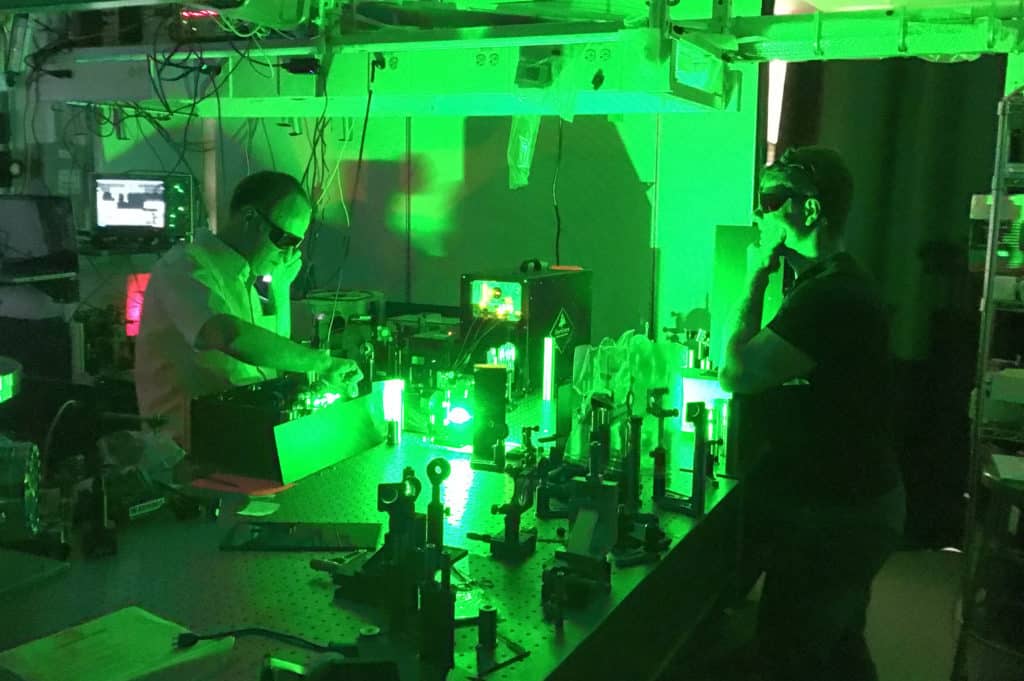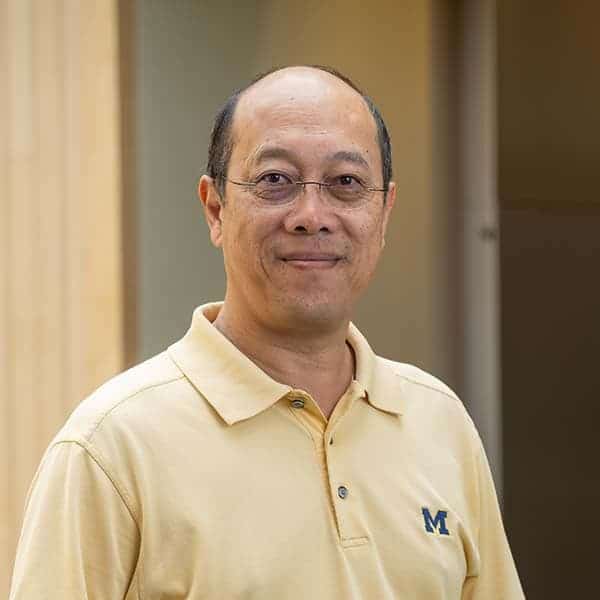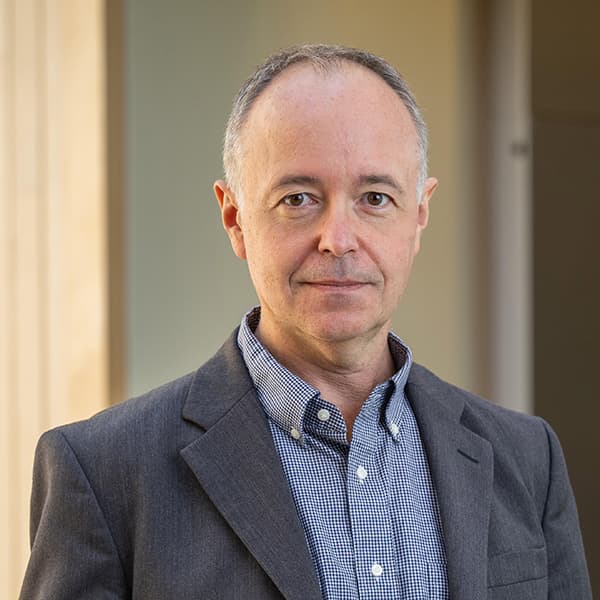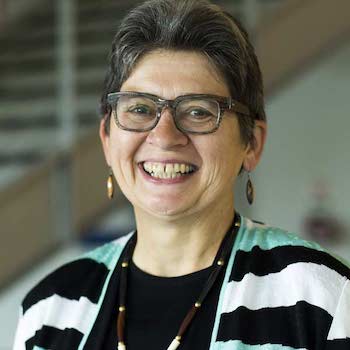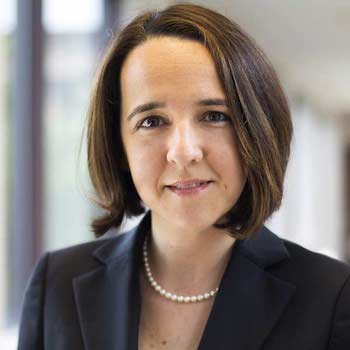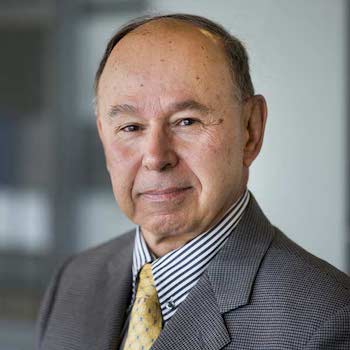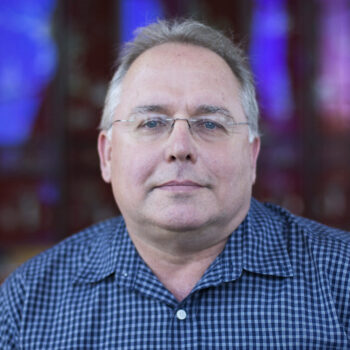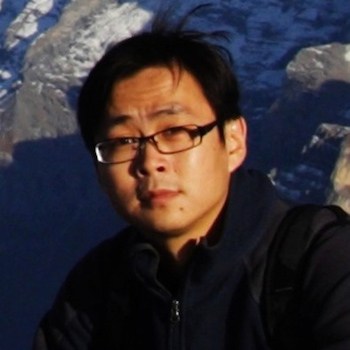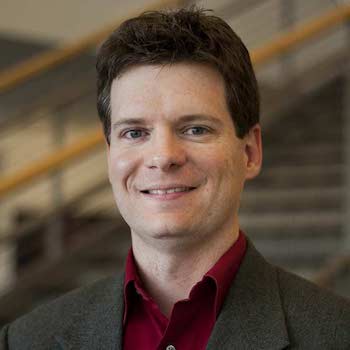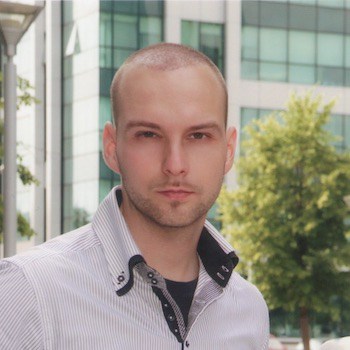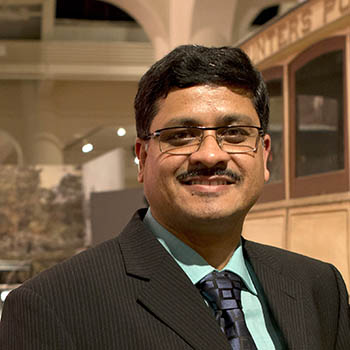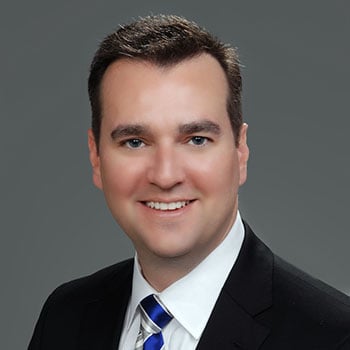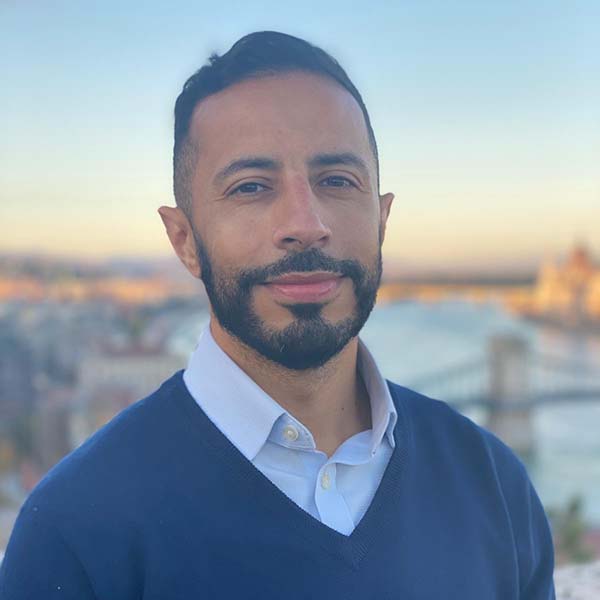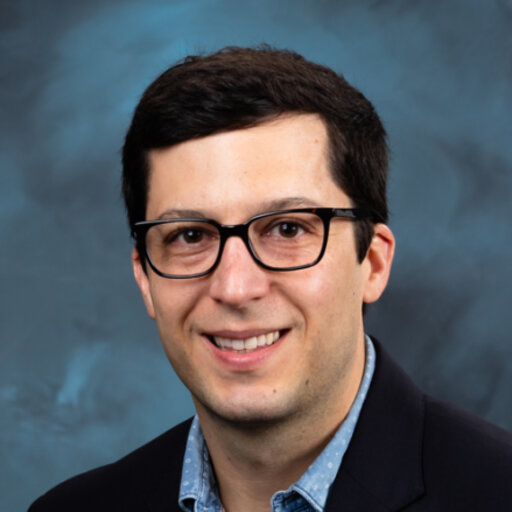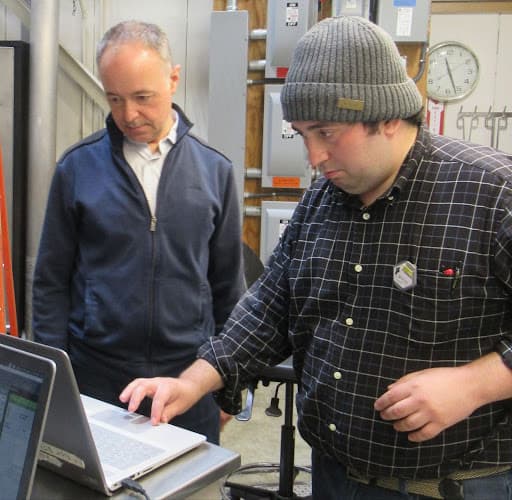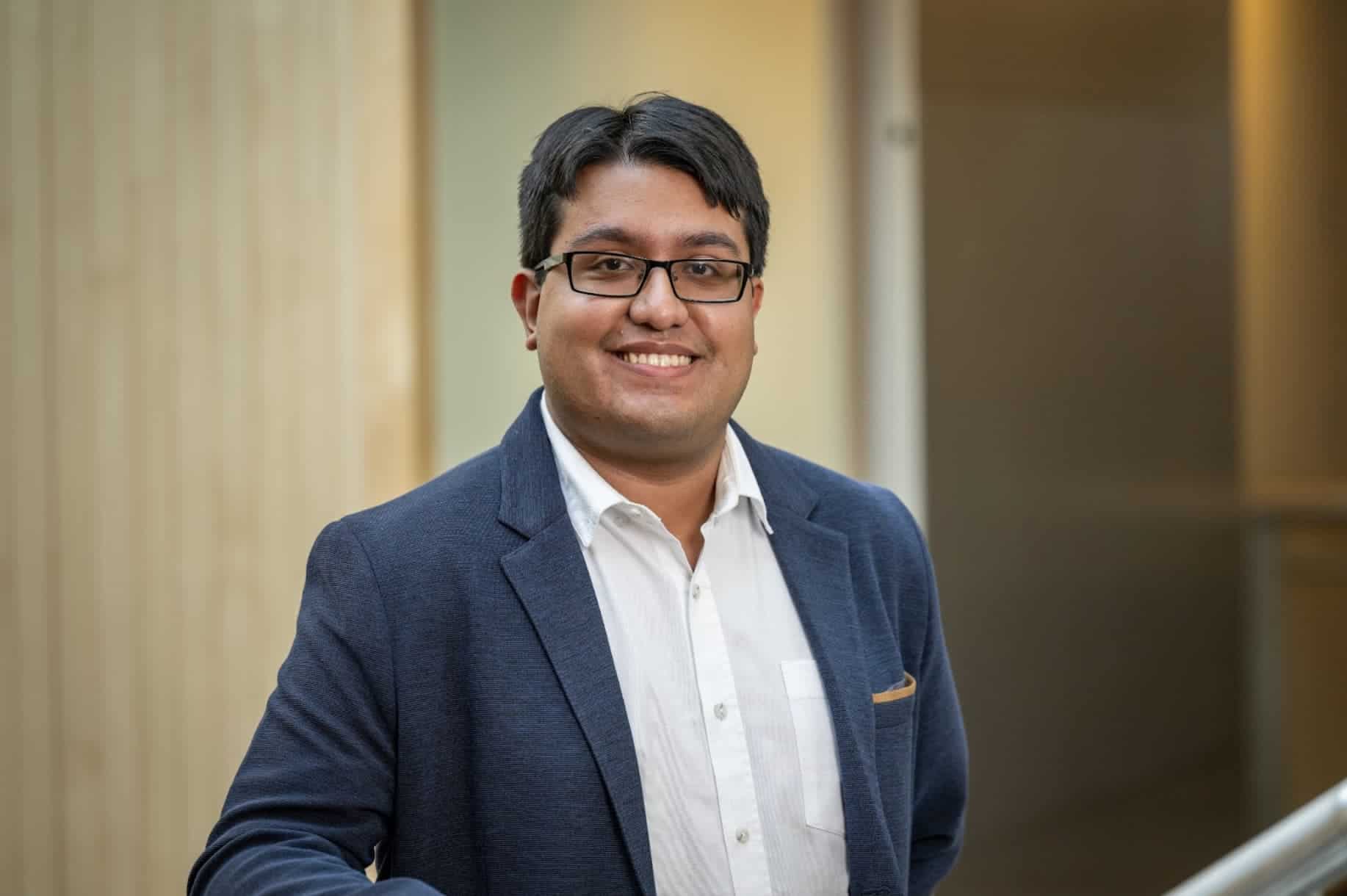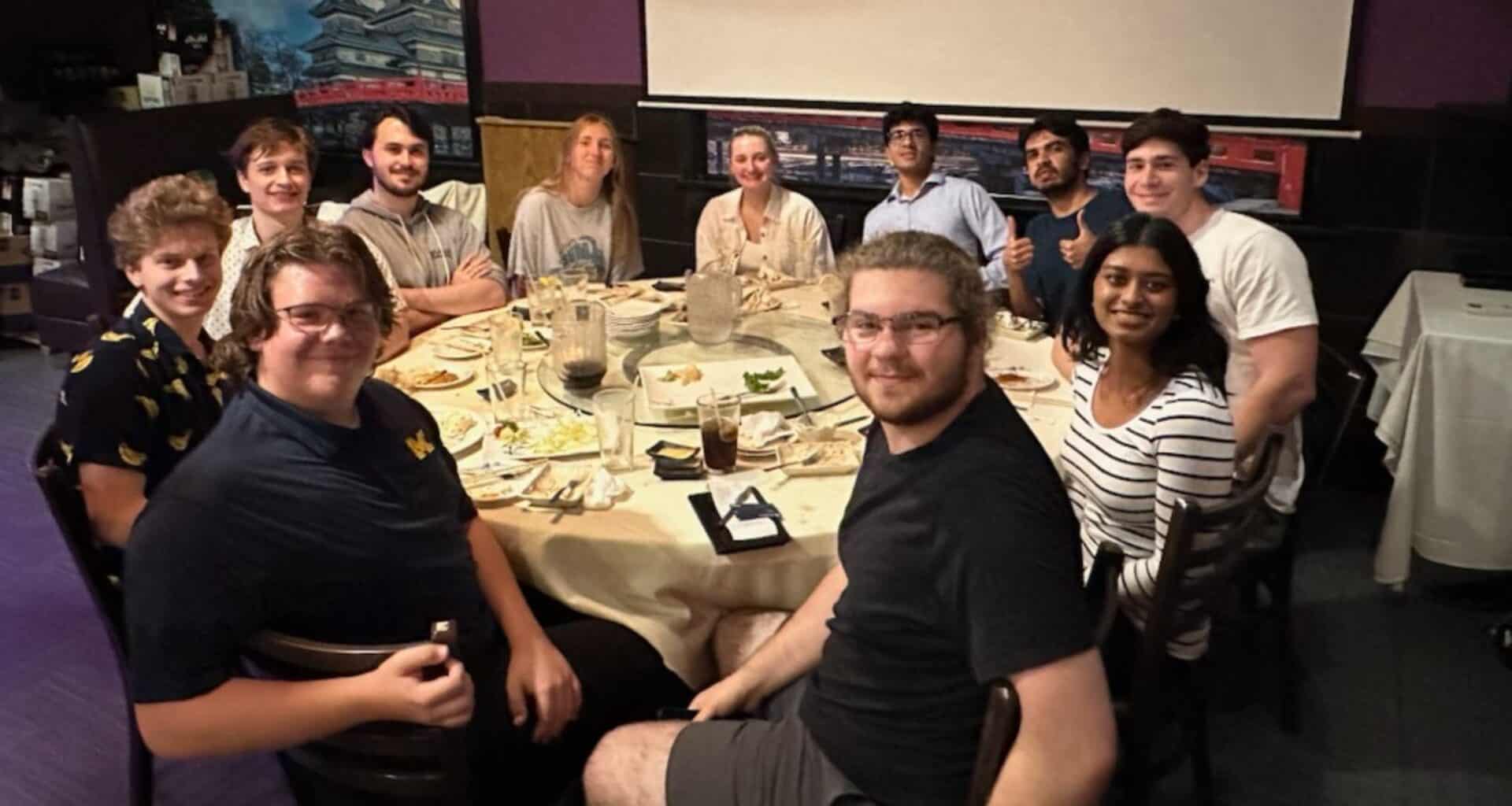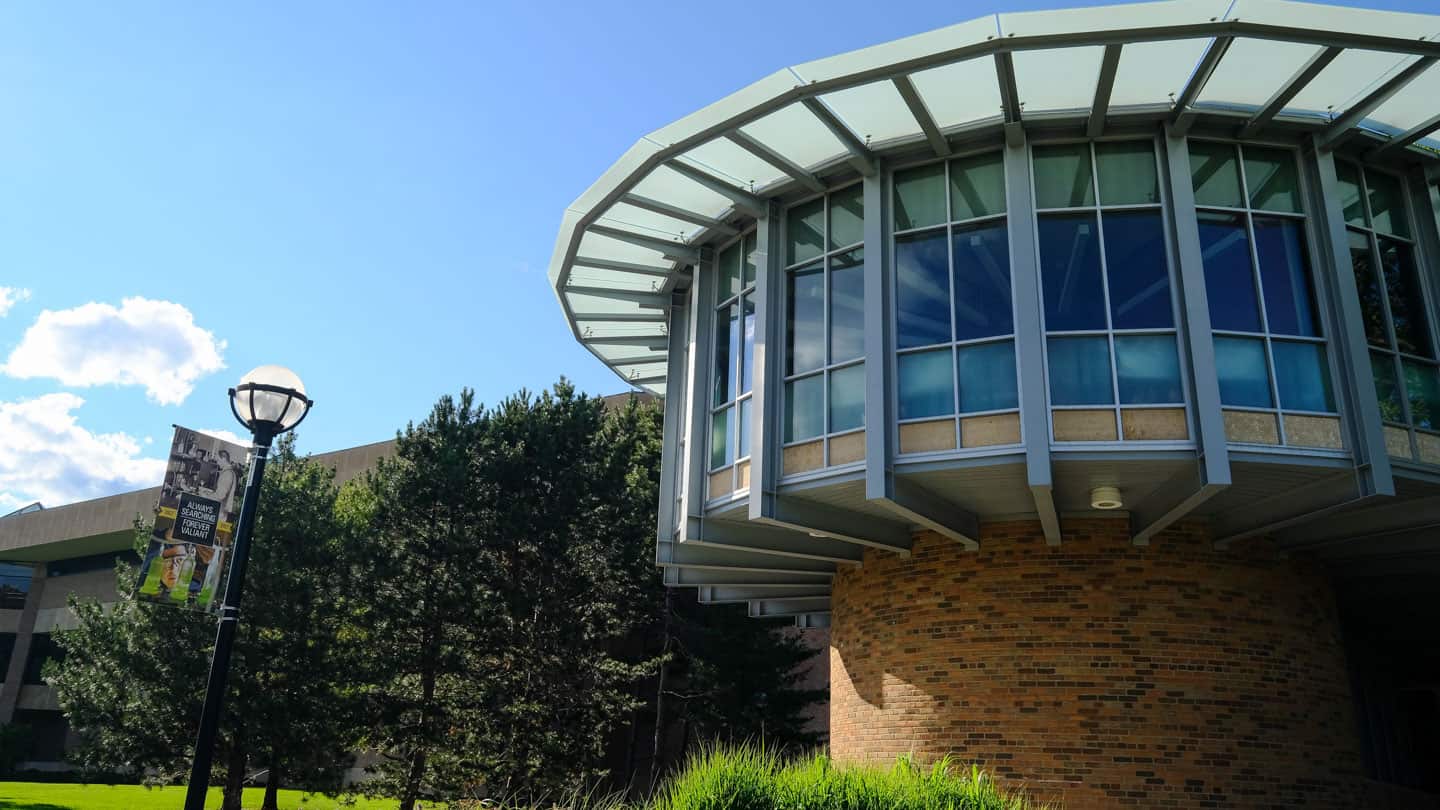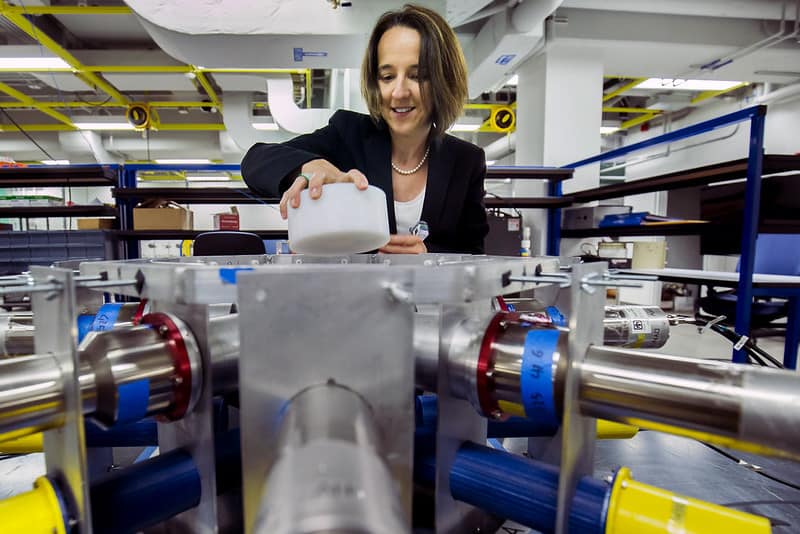
Radiation Measurement & Imaging
Radiation measurements are important for medical imaging, archaeology, astrophysics, and preventing the spread of nuclear weapons.
Nuclear engineers and radiological scientists are interested in the development of more advanced ionizing radiation measurement and detection systems and using these to improve imaging technologies.
This includes detector design, fabrication and analysis, measurements of fundamental atomic and nuclear parameters, methods development for detector systems, neutron activation analysis, radiation imaging systems, nondestructive testing and evaluation of components using penetrating radiation, radiological health engineering and medical physics applications.
Faculty
Labs & Groups
| Applied Nuclear Science Instrumentation Laboratory (Prof. Igor Jovanovic) |
| Detection for Nuclear Nonproliferation Laboratory (Prof. Sara Pozzi) |
| Neutron Science Laboratory (Prof. Igor Jovanovic) |
| Nuclear Measurements Teaching Laboratory (Prof. Igor Jovanovic) |
| Orion Radiation Measurement Group (Prof. Zhong He) |
| Position-Sensing Semiconductor Radiation Detector Laboratory (Prof. Zhong He) |
| Radiation Detection and Measurement Group (Prof. David Wehe) |
| Radiological Health Engineering Laboratory (Prof. Kimberlee Kearfott) |
NEWS
Select Research Projects
Radiation Imaging
Lead: Prof. Zhong He
Clear, semiconducting cubes of cadmium, zinc, and tellurium can reveal the identities and whereabouts of nuclear materials by identifying the energy and direction of the gamma rays that these materials emit. Professor Zhong He’s lab develops detectors based on CdZnTe for applications such as national security and astronomy. The detector could locate dirty bombs and other nuclear weapons, or it could reveal the composition of the moon or Mars. His group is developing imaging techniques, a data acquisition system, and alternative, cheaper semiconductors that might replace the CdZnTe. For more information, see the Radiation Measurement Group website.
Detection Methods
Lead: Prof. David Wehe
The exploration of semiconducting radiation detector materials, integrated circuits for processing detector signals, and radiation imaging with gamma rays. The primary goal of this research is to enhance the available options for the detection of radiation in a wide range of applications: homeland security, medical and industrial uses, and scientific research.
Nuclear Nonproliferation
Lead: Prof. Sara Pozzi
Our researchers are developing new tools and techniques to detect and identify materials such as uranium and plutonium that can be made into nuclear weapons. Their research includes building detector arrays that can measure both neutrons and photons, developing algorithms to interpret the detector data, and using measurable signatures to assess the composition of the nuclear material. These types of detectors could be used at border crossings and air and seaports to scan luggage and shipping containers. They can also monitor the production of nuclear fuels and measure nuclear data related to the physics of fission.
Nuclear Detection and Remote Sensing
Lead: Prof. Igor Jovanovic
Nuclear nonproliferation and security are some of the major challenges associated with the expansion of nuclear power. Both a sound nuclear policy and major advances in detection science and technology are needed to address those challenges. We are pursuing a set of research projects in collaboration with other academic departments, universities, and national laboratories, focusing on the development of advanced technology needed to safeguard nuclear technology and detect nuclear proliferation. These projects include remote discovery and monitoring of nuclear reactors using antineutrinos, near-field reactor monitoring using antineutrinos, active interrogation, magnetic microcalorimeters, and coherent elastic neutrino-nucleus scattering.
Ultraintense Laser Science and Technology
Lead: Prof. Igor Jovanovic
In the past two decades, remarkable developments in laser technology occurred, resulting in peak power exceeding 1 Petawatt and focal spot intensities exceeding 10²² W/cm², establishing a new and promising field of relativistic optics and high-field science. Importantly, laser systems producing relativistic intensities have become available in university settings. Applications of such systems in nuclear engineering are numerous and include the production of intense pulses of X-rays, gamma-rays, neutrons, as well as extremely high-current electron and ion beams. Such systems have been used for isotope production, inertial confinement fusion via fast ignition, studies of ultrafast dynamics in solids, and even for demonstration of photon-photon scattering. Our current research activities include laser spectroscopy for nonproliferation, remote optical detection of nuclear materials, optical instrumentation for advanced reactors, long-wave ultrafast coherent radiation sources, and nuclear photonics.
Radiological Health Engineering
Lead: Prof. Kimberlee Kearfott
Developing novel detector and dosimeter designs and improving measurement methods for medical, industrial, laboratory, and nuclear power radiation safety applications. The group concentrates its efforts on practical systems and radiation measurement methods deployable in the immediate future.
Understanding Radiation Doses
Lead: Prof. Alex Bielajew
Our researchers formulate analytical and numerical models of how electrons and photons move through matter. These fundamental calculations improve the precision of predictions for dose deposition in the human body and interpretations of radiation dosimeter readings, thereby reducing the total radiation dose needed to treat cancer through radiotherapy.
Optical Sensors for Impurity Measurement in Liquid Metal-cooled Fast Reactors
Lead: Milos Burger
This DOE NEUP Research and Development Project will investigate whether a unique combination of two versatile optical techniques – laser-induced breakdown spectroscopy (LIBS) and two-photon absorption laser-induced fluorescence (TALIF) – could provide a sensitive, robust, and convenient method for in-situ, real-time detection of trace impurities
GET INVOLVED
We believe that engaging in research as an undergraduate student is a very important part of the NERS experience, and many of our third- and fourth-year undergraduate students are actively involved and have co-authored papers in scientific journals.
